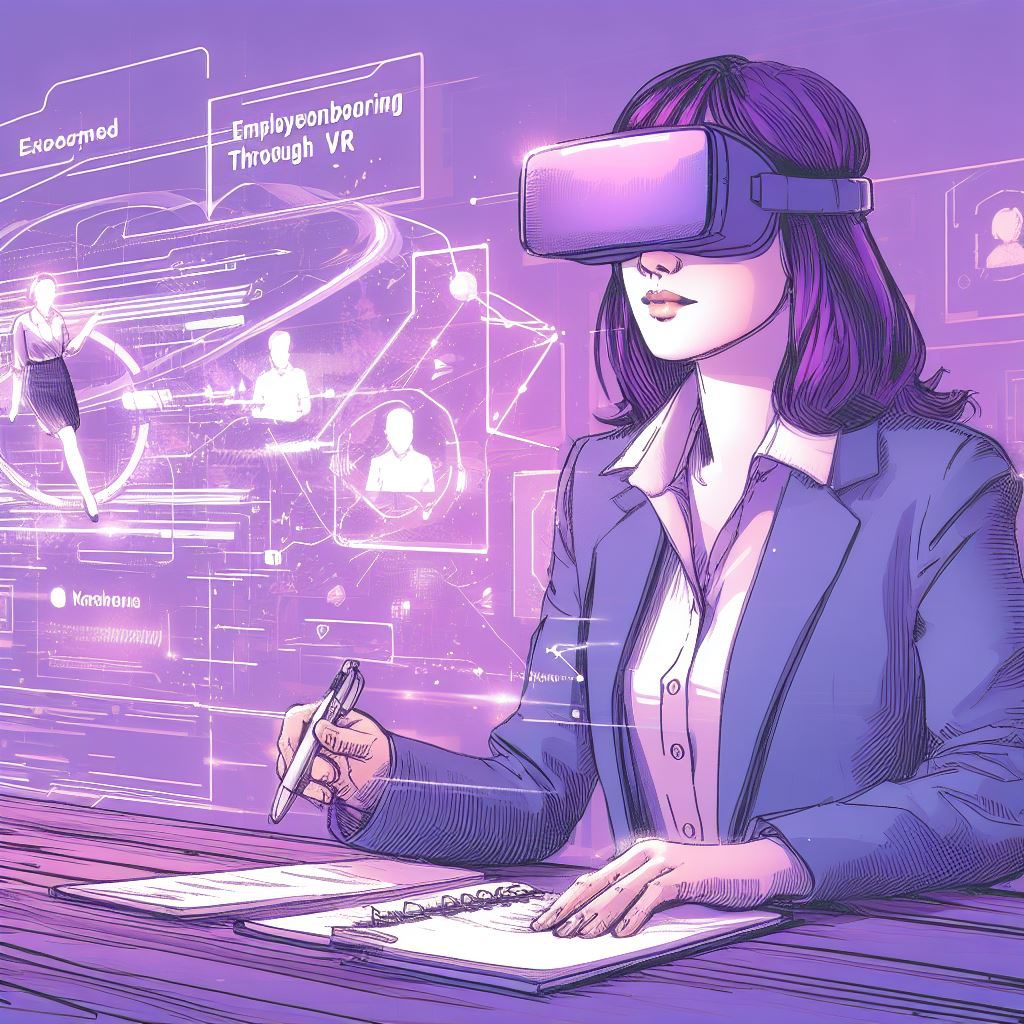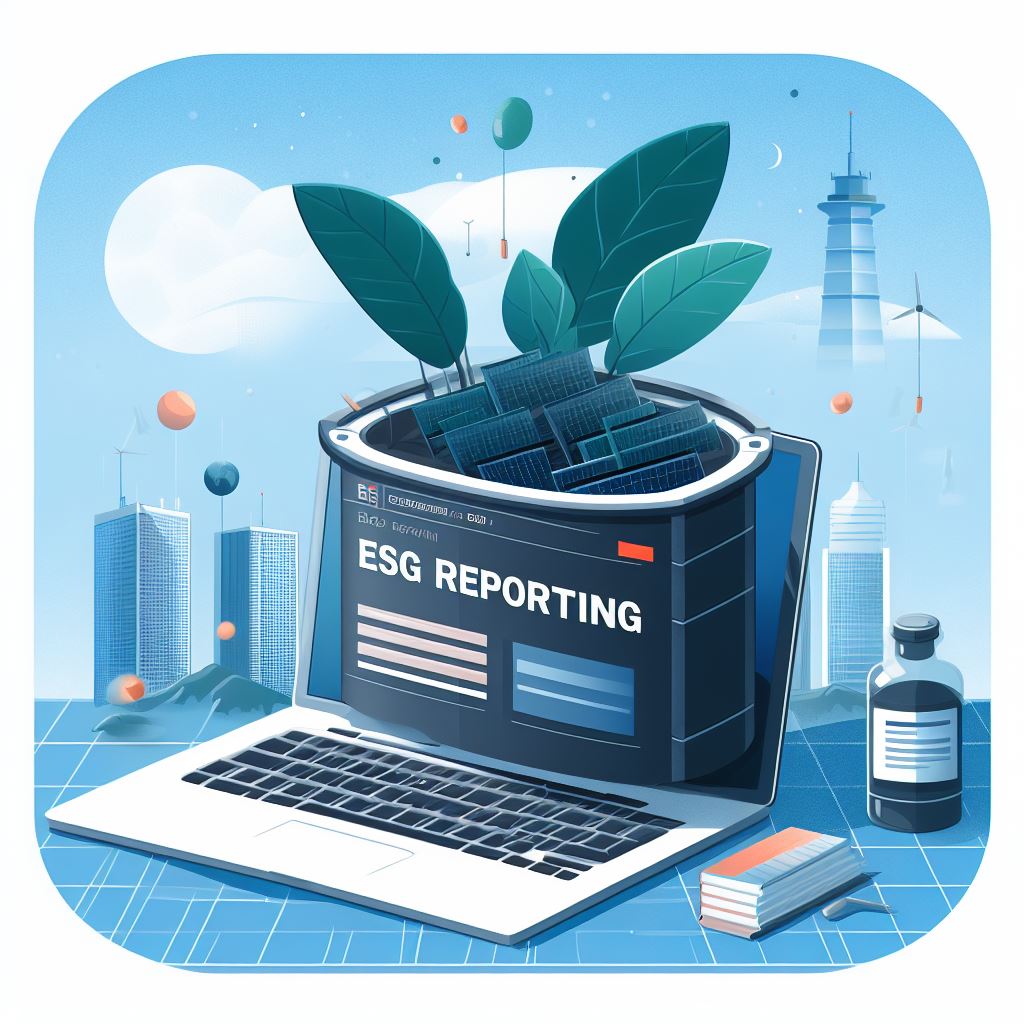Future-Ready Foundations: Innovating Employee Onboarding Technology
As the corporate landscape continues to evolve, the importance of a robust and innovative employee onboarding process has never been more pronounced. With the advent of digital transformation, employee onboarding technology has transcended traditional boundaries offering unique opportunities and challenges. In this era of constant change, it’s crucial to reimagine onboarding through the lens of technology, personalization, and adaptability. Let’s delve into the key elements that can redefine employee onboarding for the future.
Roughly 1 in 10 employees strongly agree that their organization does a good job of onboarding – says Gallup.
1. Personalization of Employee Onboarding Technology
In a world where one-size-fits-all approaches are becoming obsolete, personalization in onboarding is key. Leveraging technology to tailor the onboarding experience to individual needs, career paths, and learning styles. That can significantly enhance engagement and retention. From personalized welcome messages to customized learning modules. Every touchpoint can be an opportunity to make new hires feel valued and understood.
2. Interactive and Immersive Learning Experiences
Gone are the days of passive information consumption. Interactive and immersive learning experiences, such as virtual reality (VR) and augmented reality (AR) onboarding sessions, can transform mundane procedures into engaging and memorable journeys. These technologies can simulate real-life scenarios, provide virtual tours, and foster a deeper connection with the organization’s culture and values.
Disengagement often leads to high turnover rates — an alarming 50% of new hires consider leaving their job shortly after starting, and this figure jumps to 80% among those who feel undertrained due to inadequate onboarding.

3. Continuous Feedback and Adaptation
Onboarding is not a one-time event but an ongoing process. Implementing continuous feedback mechanisms through technology can provide valuable insights into the effectiveness of the onboarding experience. Regular check-ins, surveys, and analytics can help identify areas for improvement and adapt the process to meet evolving needs and expectations.
4. Fostering Community and Connection
In an increasingly remote and hybrid work environment, fostering a sense of community and connection during onboarding is crucial. Utilizing digital platforms for social interactions, mentorship programs, and team-building activities can help new hires feel integrated and part of the team, even when physically apart.
5. Emphasizing Well-being and Support
Employee well-being should be a cornerstone of the onboarding process. Providing resources and support for mental health, work-life balance, and stress management can set a positive tone and demonstrate the organization’s commitment to its employees’ holistic well-being.
6. Preparing for the Future of Work
As the future of work continues to unfold, onboarding processes must be agile and forward-thinking. Preparing new hires for the skills and competencies required in a rapidly changing work environment, such as adaptability, digital literacy, and collaboration, is essential.
Conclusion for Employee Onboarding Technology
The digital era presents an exciting opportunity to revolutionize employee onboarding. By embracing personalization, interactive learning, continuous adaptation, community building, well-being focus, and future-readiness, organizations can lay the foundations for long-term success and employee satisfaction.
Check out our blog, “Digital Dawn: Revolutionizing the First Steps with Employee Onboarding Technology,” where we delve into the innovative strategies and technologies shaping the future of employee onboarding.









